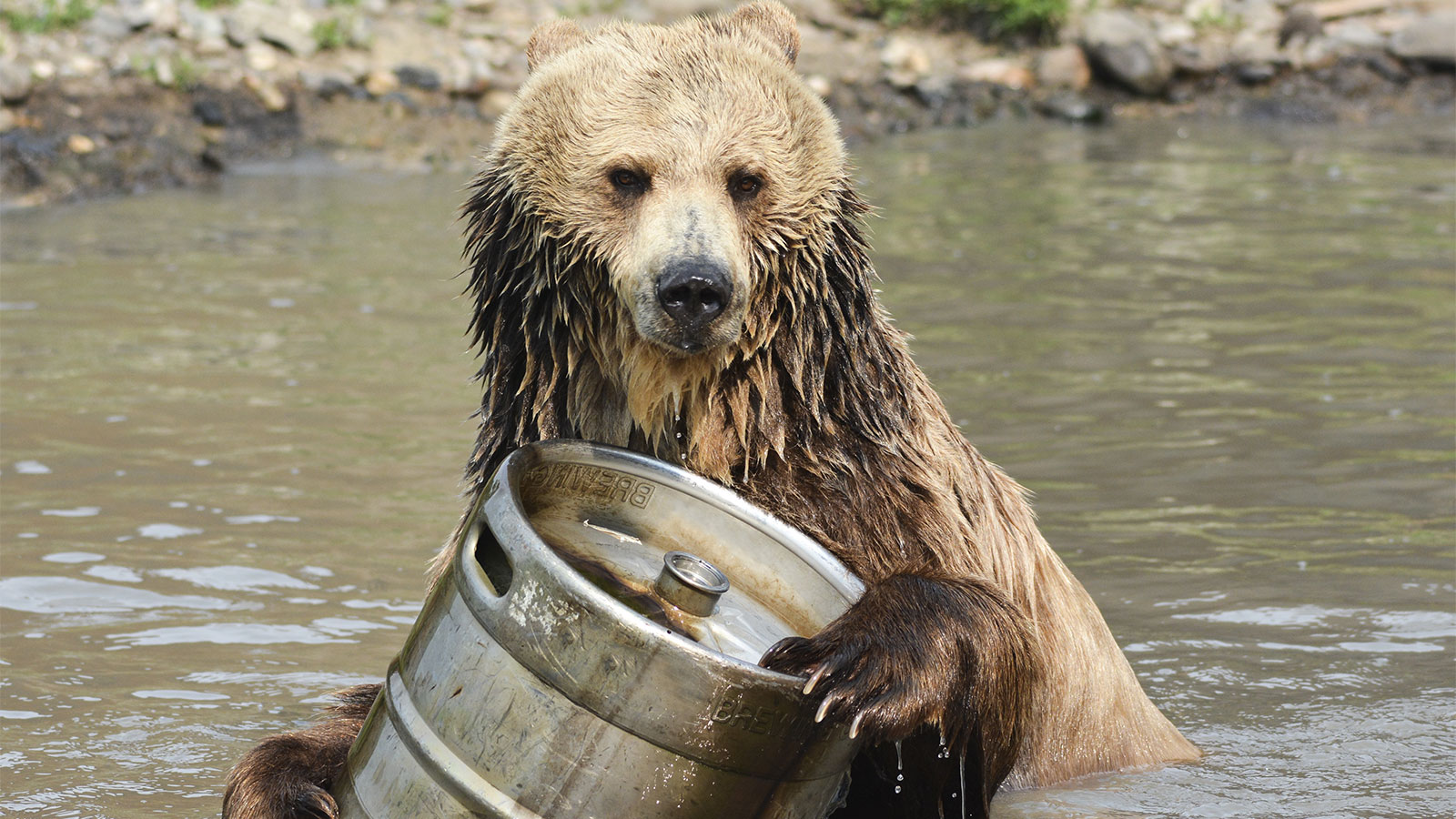Q. Is beer or hard cider most environmentally friendly? Actually, scratch that – of ALL the alcoholic beverages, which is least taxing on the environment?
Jake,
Renton, Wash.
A. Dearest Jake,
I periodically receive this question, or versions of it, from earnest tipplers all over the country. And also from all over my social events, where acquaintances tend to approach me after their third cocktail with a worried look on their faces. I usually begin with an examination of variables such as the carbon footprint of freight shipping versus pesticides used during farming versus energy intensiveness. That’s about when the acquaintance will make an excuse to leave, and funny, the host usually misplaces my invitation to her next party.
So today I’m instituting a different method when this question arises, Jake. There are so many variables in alcohol production and distribution – and by “ALL the alcoholic beverages,” I assume we’re including beer, cider, wine, liquor, and fermented mare’s milk – that it becomes very difficult to award one the title of “least taxing.” So instead of sloshing around in the details, I’m going to give you some simple drinking guidelines. Follow as many as you can and you’ll be doing all right, no headaches necessary (at least not until tomorrow morning).
1. Look for local
Shipping accounts for a significant chunk of a drink’s carbon emissions, especially if you’re pouring it from a heavy glass bottle. So seek out regional wineries, breweries, and distilleries – lucky for you, the Pacific Northwest is lousy with them – to minimize transport costs. The route your booze takes to reach you matters, too: A recent analysis from a UK efficiency group reported that shipping wine via rail or sea saved 30 percent and 20 percent, respectively, in emissions over truck shipping. Also worth noting: Some brands ship their wines in bulk via huge plastic bladders, then bottle them near the consumer, thereby alleviating some of their carbon debt.
Don’t forget about the stuff that goes into the vat, either. Craft distilleries often source their grains and potatoes from the area (as opposed to larger brands that may buy a neutral grain spirit from elsewhere to start their concoctions), and some microbreweries are beginning to incorporate local malted barley and hops into their suds. When in doubt, ask – any brand going out of its way to source locally will probably want to tell you all about it. Winemakers, at least, make it easy to trace from whence sprang their grapes.
2. Buy in bulk
The less packaging, the more efficient alcohol is to transport and schlep home – and bulk booze often comes in reusable vessels. For beer, that means a keg is the way to go for parties and a reusable growler that you refill at your favorite brewery is best for smaller groups. For wine, look into refillable wine bottles or even entire kegs, and sample wines on tap if you can find them at local bars. I’m not sure you can (or should) do the same with gigantic bottles of liquor, but let’s all agree that nobody should be buying Pocket Shots.
3. Peer at the packaging
Yes, speaking of packaging: If the bulk route won’t do, you want the lightest containers possible (it’s that shipping cost thing again). Beer cans beat bottles in this regard, and many quality brews can now be had in this form. And as we’ve discussed, wine from an aseptic carton is lighter and more efficient to ship than that from a bottle.
4. Investigate ingredients
What about all those organic quaffs, you ask? Sipping something that skipped the pesticide and petrochemical fertilizer bath is no doubt a good thing, and you’ll find a growing crop of organic beers, wines, and spirits on the shelves these days. Biodynamic wines – which come from vineyards that use organic practices and more, like natural pest management – are also worth a look. Where it gets tricky: It’s not necessarily a better choice to pick a faraway organic bottle with a big carbon shipping footprint over a local potion. Nor should you burn gas driving around town trying to find that big-O label. As we must often do with the organic-local problem, it’s worth asking your neighborhood boozemasters how they work and where they source ingredients.
5. Support sustainability
Some companies promote pretty whiz-bang sustainability measures: turning beer leftovers into electricity, using on-site solar panels, reclaiming and reusing brewing water, tapping geothermal energy, and many more. We should be applauding and rewarding this kind of thing with a toast or two.
6. Make your own
I’ve said it before, and I’ll say it again: The most local (and fun) drink of all is the one you brew/ferment/distill yourself. If you’re at all into DIY foodstuffs, Jake, you could find great success with your own nano-brew, hard cider, or hey, even prison wine. I’m not one to judge what tickles your palate.
Tipsily,
Umbra



